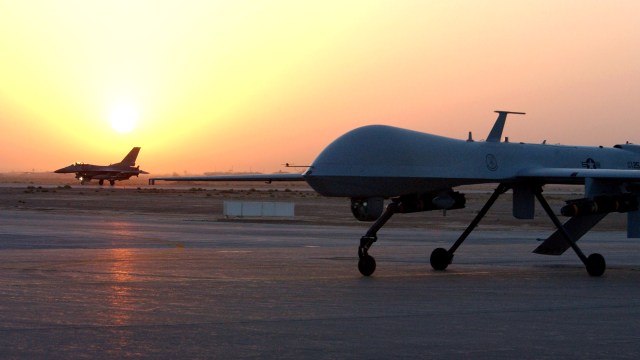How Shooting For Alpha Centauri Will Change The World
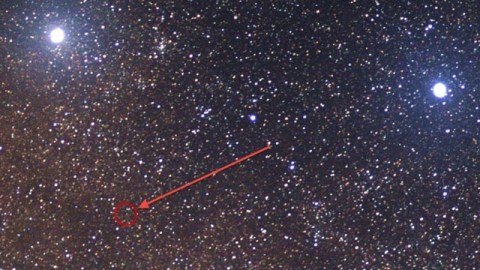
Aiming for the nearest star would necessitate a whole slew of advances. Even if the mission fails, humanity wins by investing in itself.
There have been some magnificent moments in NASA history, as well as some goals we’ve aspired to but haven’t yet realized. We’ve sent humans to the Moon, installing devices there and retrieving samples for the return home. We’ve sent probes to every planet in the Solar System, and to many asteroids, comets, and moons as well. We’ve even launched a few of them out of the Solar System, with more to follow. We’ve learned how to hunt for alien worlds, and our great observatories have helped us photograph and understand the Universe as never before. And our next great step, as a NASA team revealed at this month’s American Geophysical Union meeting, could be to travel to Alpha Centauri: another star. If we go for it, here’s how this project will change the world.

The biggest advances, both scientifically and as a society, arise from attempting something grand, and striving to turn that into an accomplishment. When we first chose to go to the Moon, we knew we were undertaking an incredibly difficult challenge, one that would require the investment of billions of dollars, the efforts of thousands upon thousands of experts, and the development of both new technologies and new applications of known ones. The result? After eight years of striving towards a common goal, we accomplished what many thought was impossible: we set foot on another world.
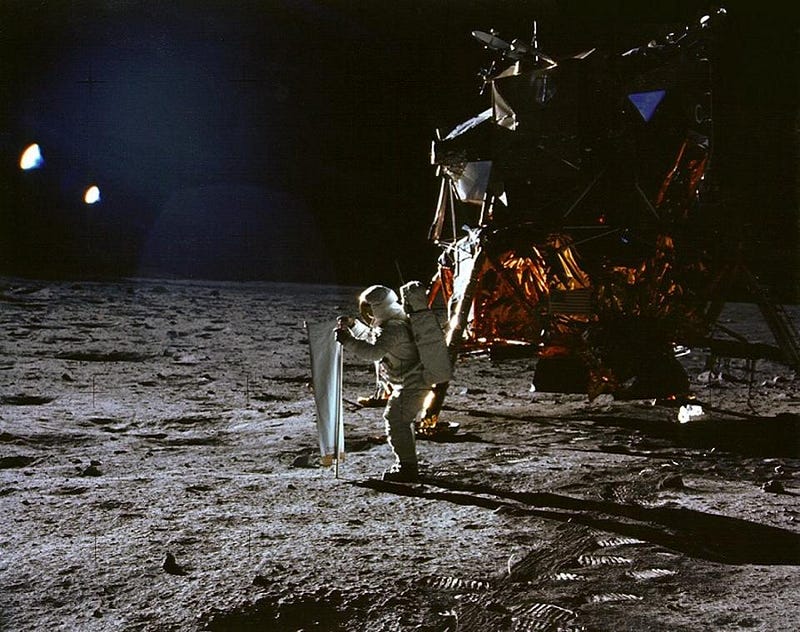
But that was really only the beginning. When you talk to people about spinoff technologies from the Apollo program, they can usually point to teflon and the space pen, but a huge number of everyday technologies that better our lives came as a direct result of that investment. We couldn’t have predicted them in advance, but here is a partial list:
- freeze-dried foods,
- cooling suits (from racecar drivers to medical patients),
- bodily fluid recycling (improving kidney dialysis),
- improved foam insulation (prevents pipelines from freezing),
- fireproof textiles (revolutionized firefighting gear),
- water purification improvements,
- metalized foil insulation (for home heating/cooling efficiency),
- hazardous gas monitoring,
- stadium domes/roofing,
- simulated earthquake and stress-testing improvements,
- solar panels,
- the automatic implantable defibrillator,
where there are a great many more from Apollo alone.
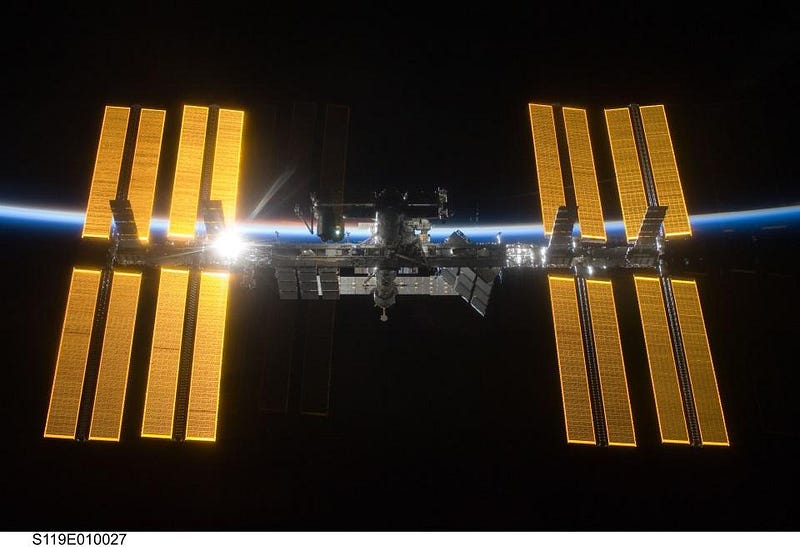
Going to the Moon in the 1960s was a tremendous challenge given the level of technology at the time, but it’s nothing compared to going to another star system in the 21st century. Instead of traveling hundreds of thousands of miles, we need to travel approximately 4 light years: about 2,000 times as far as the Voyager 1 spacecraft has traveled. To get there in a human lifetime means we’d need to travel thousands of times faster than we’ve ever sent a spacecraft, at least a few percent the speed of light.
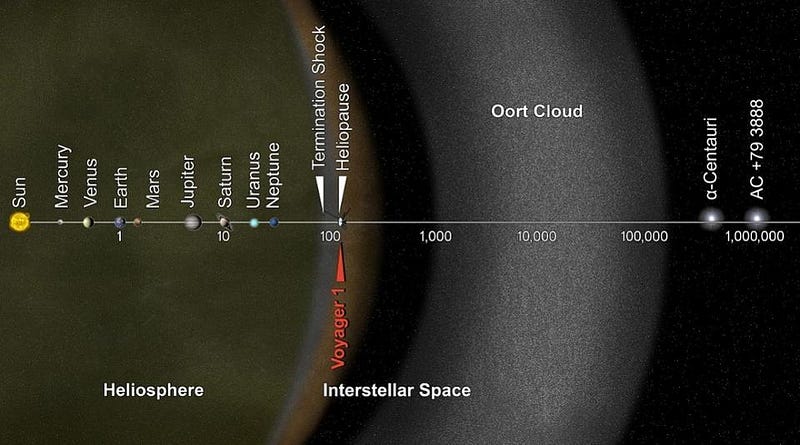
Currently, there are only a few ideas that could work, with one outclassing the others.
- We could develop antimatter propulsion, but the amount of antimatter required is far more than humanity is currently capable of generating.
- We could perform an electromagnetic launch, where a long railgun-type mechanism accelerates a small object to a great velocity.
- Or, most likely, we could use the laser sail idea, where an array of powerful lasers converges on a highly reflective sail, potentially accelerating it up to 20% the speed of light.
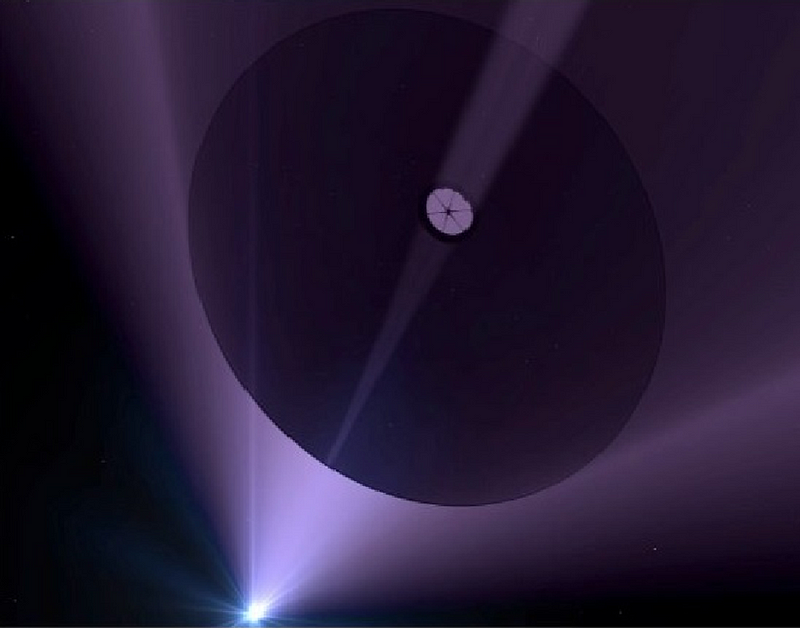
This last idea is the most promising, especially considering that humanity is already capable of constructing a laser array with sufficient power to send a microchip-sized device attached to an appropriately reflective sail to its destination.
To construct such a laser array would necessitate a tremendous investment in the building of infrastructure in space. To develop the sails capable of reflecting enough light while withstanding the heat and maintaining their balance will require a tremendous advance in materials science and engineering. To withstand the journey through interstellar space at such high speeds, we’ll need to develop unprecedented shielding/deflection technologies. To slow down to sufficiently low speeds to take data will require a new kind of braking technology, which will likely also be developed in tandem with the laser sail. And to miniaturize the technologies capable of storing, recording, and transmitting information from the Alpha Centauri system back to Earth will likely mean we need to reach (or at least approach) the quantum limit for materials.

Each of these is a problem where we can envision what the solution will look like, but we cannot yet know what concrete steps will lead to our ultimate success. We can envision many advances that will come about as a result of this investment, but there are many others that will be reaped that we cannot yet plan for. From computation to spaceflight technology to materials development to the civilian application of all that we learn, there’s a remarkable lesson here: focusing on the research and development necessary to make this trip will benefit humanity tremendously, even if the mission to Alpha Centauri ultimately fails.
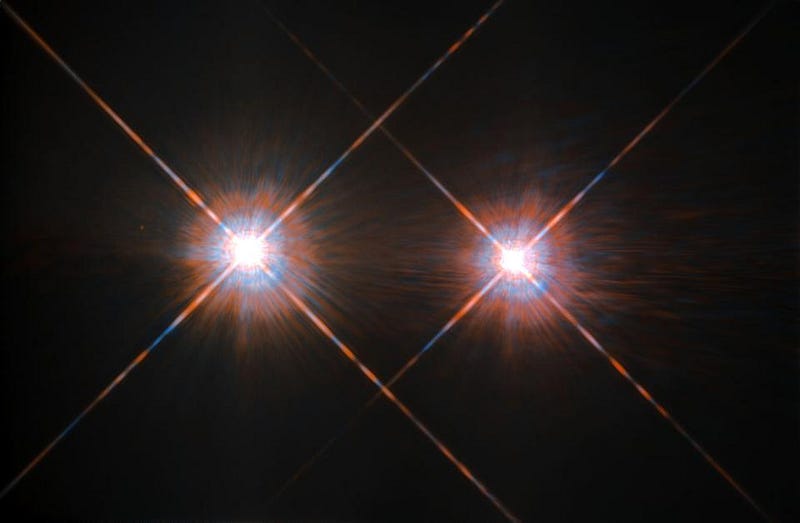
If the only thing that comes out of a tremendous investment in this program is the ability to store a single bit of information with a single particle, it will have been worth it. We are so used to thinking of success as an all-or-nothing proposition that we forget that almost everyone we admire, from Colin Powell to Winston Churchill to Oprah to Thomas Edison, failed far more than they succeeded. As Henry Ford put it:
Failure is simply the opportunity to begin again, this time more intelligently.
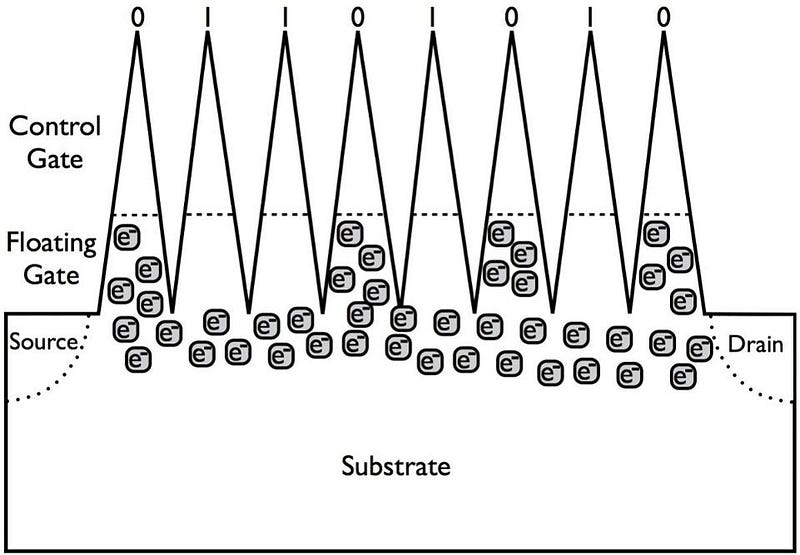
We can expect a great many failures whenever we attempt something great. Shooting for another star is something we’ve never put either our best minds or humanity’s resources towards, and it would be a tremendous endeavor if we did. But the greatest benefits to ourselves won’t come from what we learn upon arrival, but what becomes possible because we did the work to try and get there. If we truly band together and invest in solving a problem like this, the entire human race will be the winners, whether we make it to the next star this century or not.
Ethan Siegel is the author of Beyond the Galaxy and Treknology. You can pre-order his third book, currently in development: the Encyclopaedia Cosmologica.





